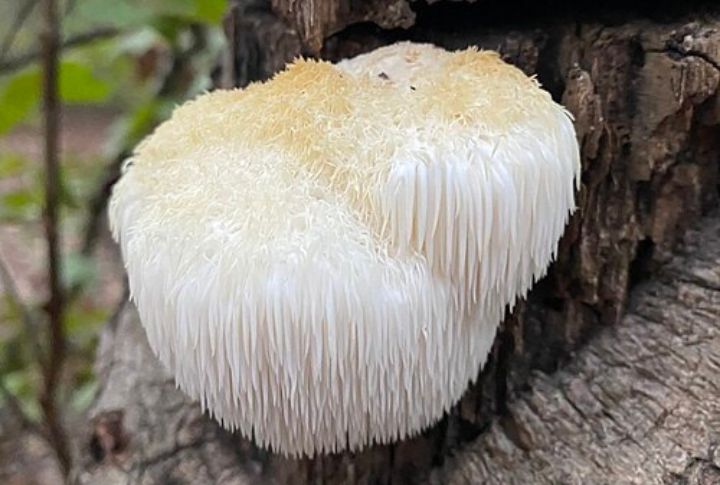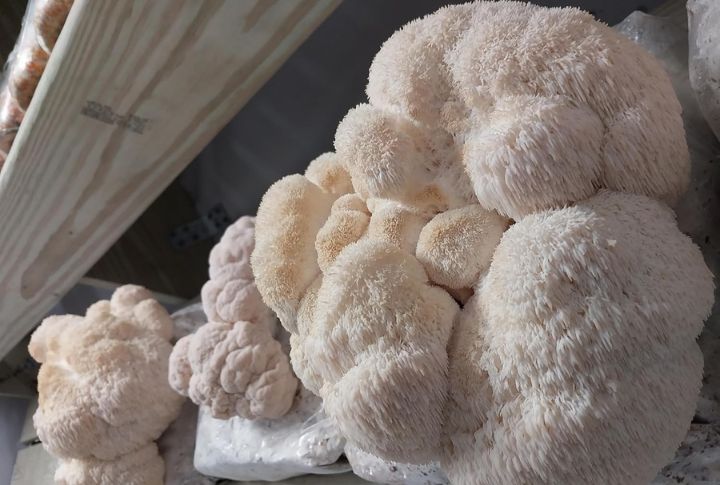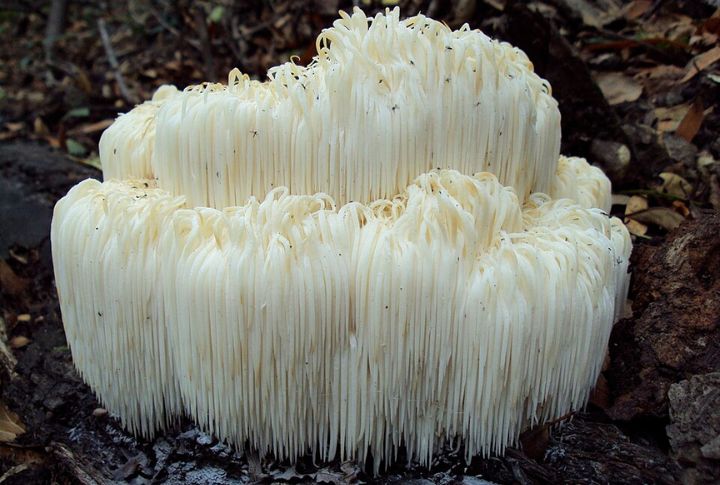
Lion’s mane isn’t new, but the conversation around it is louder than ever. This distinctive mushroom bridges traditional healing and contemporary wellness, with research finally catching up to folklore. Whether you’re considering a supplement or just curious about the claims, understanding the full picture matters. So, take a closer look to explore what makes lion’s mane one of nature’s most intriguing fungi.
Distinctive Morphology And Habitat

These white, shaggy mushrooms resemble a lion’s mane as they grow on hardwood trees across the temperate forests of Asia. In Japan, they’re known as yamabushitake, a name honoring mountain monks whose robes mirror their cascading shape. Their scientific name, Hericium erinaceus, translates to “hedgehog fungus.”
Shift From Wild To Cultivated Supply

What once required a forest hunt can now thrive indoors. Lion’s mane mushrooms are now cultivated on sawdust blocks in controlled settings. This innovation made them more accessible for chefs and supplement makers while conserving natural resources, though proof of protecting wild populations remains limited.
Diverse Supplement Formats

Open any wellness shelf, and lion’s mane shows up in capsules and powders, even concentrated extracts. These supplements are standardized to deliver consistent levels of active compounds. Some rely on the fruiting body, others on mycelium, and even coffee blends now feature it for a “focus” kick.
Meaty With Seafood Notes

Across Asian kitchens, lion’s mane mushrooms have earned praise for their meaty texture and subtle seafood flavor. Cook them, and they mimic crab or lobster so convincingly that even chefs pause in surprise. It’s no wonder plant-based cooks now use them as a flavorful substitute for shellfish.
Rise In Plant-Based And Functional Foods

The rise of functional foods turned lion’s mane into a pantry regular. Consumers chasing natural brain and immune support helped push it into teas, chocolates, and snack bars. Its mild seafood-like flavor and satisfying bite fit perfectly into the plant-based wave now sweeping Western kitchens.
Digestive Support

Centuries before supplements existed, Traditional Chinese Medicine prized lion’s mane for calming the stomach and aiding digestion. Practitioners believed it strengthened the gut and supported nutrient absorption. Moreover, it may protect the stomach lining and foster a balanced gut microbiome.
Circulatory Benefits In Folklore

While ancient healers revered lion’s mane for digestion and clarity, stories rarely tied it to the heart. Folklore lacked any firm link to circulation, yet modern animal studies are adding new twists: some show improved lipid profiles. This hints at future cardiovascular relevance that scientists are only beginning to explore.
Nervous System Tonic In Tradition

Long before brain supplements filled stores, lion’s mane earned a sacred place in Asian herbalism as a nerve tonic. Buddhist monks reputedly consumed it to sharpen focus during meditation. Its centuries-old reputation for clarity and balance foreshadowed today’s neuroscience, which now investigates the same mushroom for nerve regeneration and cognitive support.
Bioactive Compounds

The secret to lion’s mane lies in two rare compounds: hericenones and erinacines. They help stimulate nerve growth factor, a key player in brain cell growth and repair. Researchers now study these compounds for their potential to support cognitive health and neural recovery.
Preliminary Human Data

Lion’s mane can actually sharpen the mind. In small trials, older adults showed improved memory and test performance during supplementation. A 2023 pilot study by Docherty et al. found that taking 1.8 grams daily for 28 days improved cognitive speed and reduced stress, though benefits faded once dosing stopped.

